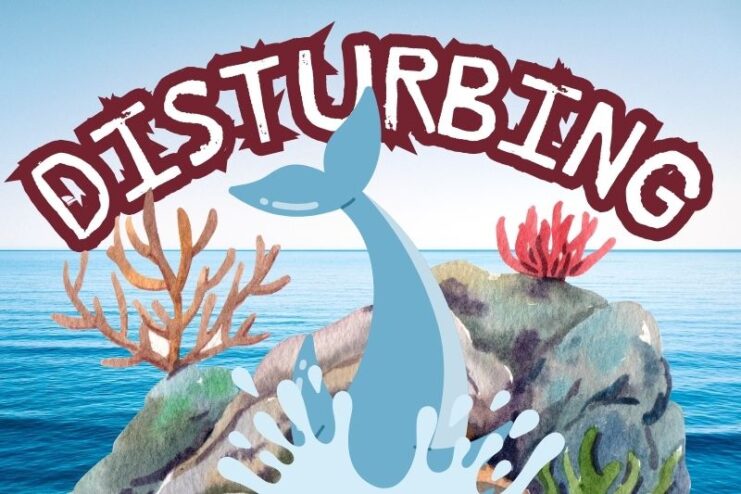Dolphins are usually the stars of the sea with their cheeky grins and playful antics, but there’s a whole lot more going on beneath those smiles.
Did you know these clever critters have some pretty wild secrets? From their surprising rough side to the serious challenges they face from pollution and noise, there’s a darker side to dolphin life that often goes unnoticed.
Aggression Among Themselves
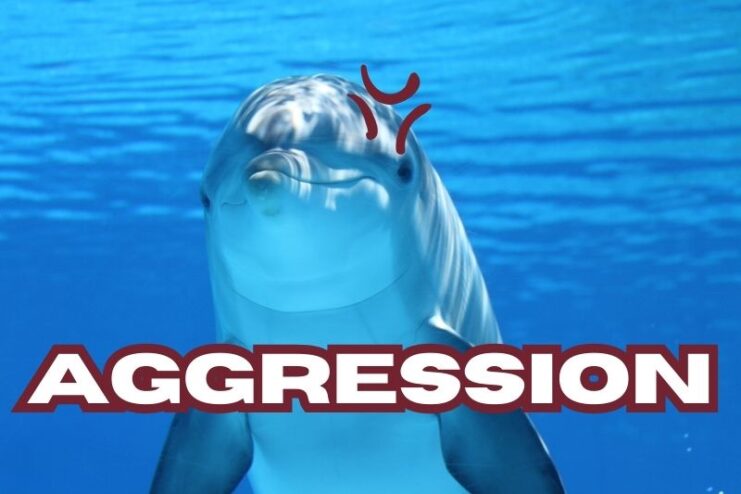
Dolphins exhibit aggressive behaviors like biting, tail-slapping, and ramming against each other. This aggression can sometimes be severe, leading to serious injuries or death.
In some species, males are known to form alliances and fight over females, which can lead to intense and prolonged conflicts.
Complex Hierarchies Leading to Stress

Dolphins live in structured social groups called pods. These social structures are based on a hierarchy that can cause stress, particularly for lower-ranking individuals who may be excluded from group activities or targeted by more dominant members.
This social stress can affect their overall health and well-being.
High Mercury Levels in Diet

Being apex predators, dolphins consume a variety of fish and squid that contain mercury accumulated from the environment.
Over time, these mercury levels build up in dolphins, leading to mercury poisoning, which can impair their neurological functions and reproductive success.
Self-Awareness and Captivity Issues
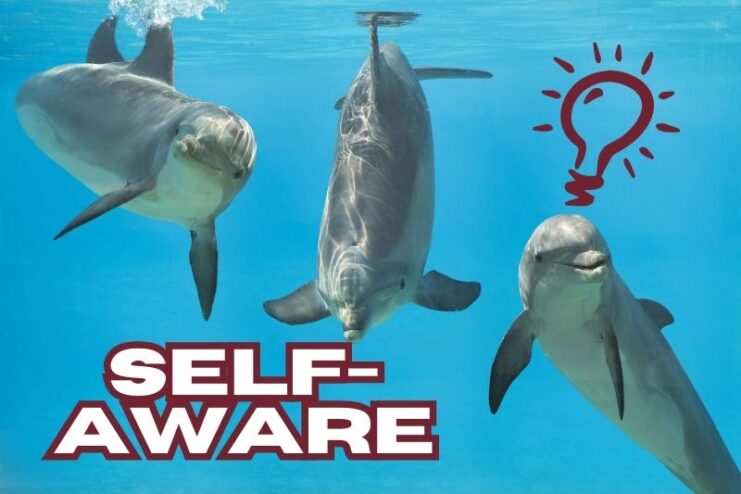
Dolphins are among the few animals that can recognize themselves in mirrors, indicating a high level of self-awareness.
This intelligence makes captivity particularly harsh for them, as they are aware of their restricted freedom and altered living conditions, leading to behaviors indicative of mental distress such as swimming in repetitive patterns or self-harm.
Sexual Behavior
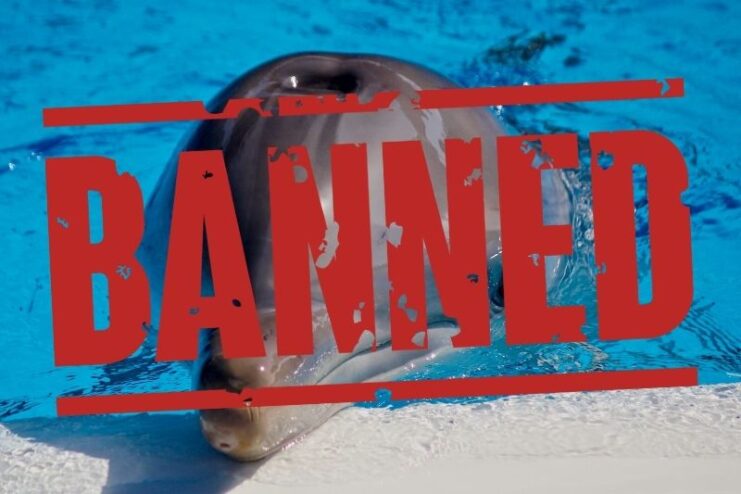
Dolphins’ sexual behaviors can be aggressive and coercive. Males sometimes work together to herd females and can be forceful in their attempts to mate.
This behavior has also been observed towards other species and is generally considered antisocial and harmful.
Use of Sponges as Tools
In Shark Bay, Australia, some dolphins have been observed using marine sponges as tools to forage for food on the seafloor.
This behavior, while innovative, indicates the challenging conditions dolphins face when searching for food in areas with harmful debris that could injure their sensitive snouts.
Mass Strandings
The phenomenon of mass strandings, where large groups of dolphins beach themselves, remains poorly understood.
Possible explanations include disorientation due to sonar or other human-made noises, viral infections, or errors in navigation. These events are often tragic and result in high mortality rates.
Highly Affected by Noise Pollution
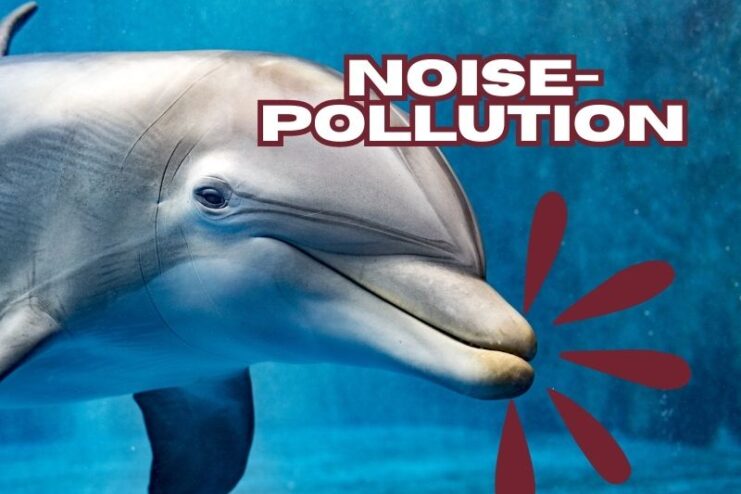
Dolphins depend on sound for communication and echolocation.
Excessive noise from ships, underwater construction, or naval exercises can interfere with these acoustic signals, leading to disorientation, impaired hunting abilities, and even physical trauma or death.
Plastic and Pollution Threats
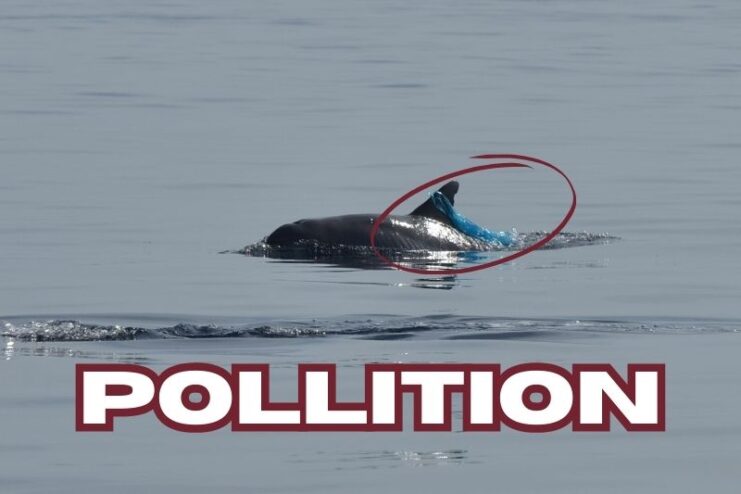
Dolphins are frequently victims of ocean pollution, especially plastic waste.
They can mistake floating plastic for food, leading to ingestion that can cause internal injuries, blockages, or starvation. Chemical pollution can also weaken their immune systems and increase vulnerability to diseases.
Climate Change Impacts

Global warming is altering marine ecosystems, affecting the availability and distribution of dolphin prey like fish and squid.
Changes in sea temperature and ice cover can also disrupt migratory patterns and breeding grounds, potentially leading to population declines.

